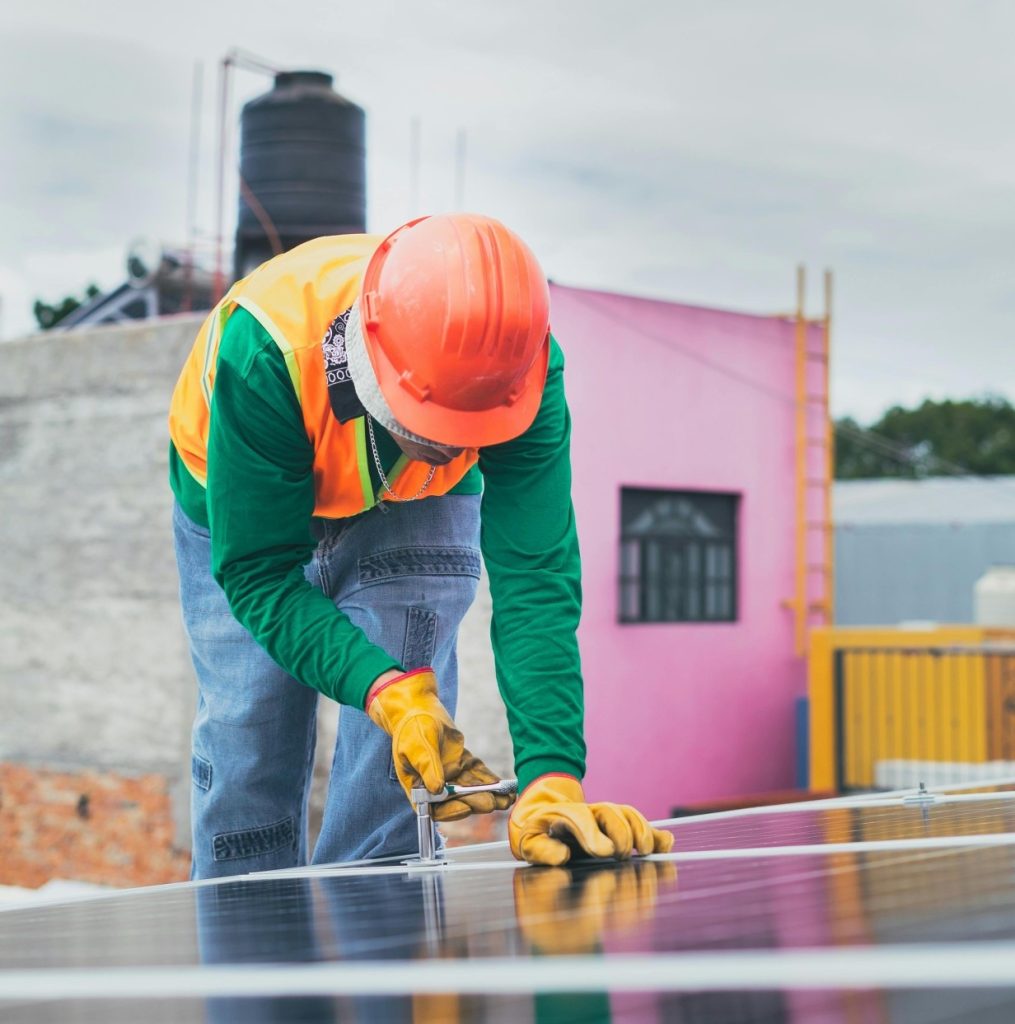Under the leadership of Prime Minister Shri Narendra Modi, India has been progressing in its goal of a Clean India, Green India. Numerous schemes like GOBARdhan, which was launched in 2018 under Swachh Bharat Mission (urban and rural), along with initiatives of banning plastic bags, having planted 142 crore trees under ‘Ek Ped Ma ke Naam’ campaign and much more, have resulted in a transformative impact on waste management, sanitation and environmental conservation. Together, these environment-conscious initiatives have fostered progress in the nation’s overall sustainable development.
The government not only focuses on cleanliness and waste management as an aspect of environmental conservation, but also in terms of energy resources. The UJALA scheme, which stands for “Unnat Jyoti by Affordable LEDs for All,” was launched on January 5, 2015, aimed at reducing electricity consumption, lowering carbon emissions, and cutting electricity bills by replacing traditional incandescent and CFL bulbs with LEDs, which use up to 90% less energy than incandescent bulbs and 50% less than CFLs.
Continuing such environment-conscious initiatives, India has met its COP21 target of achieving 40% installed electricity capacity from non-fossil fuel sources ten years ahead of the set 2030 deadline. Targets set for Ethanol Blended Petrol under the National Policy on Biofuels have also been achieved 5 months before schedule. In the last decade, India’s renewable energy capacity has nearly tripled, with solar energy capacity alone rising by a staggering 3,645%. The country also built the world’s largest solar park, Bhadla Solar Park in Rajasthan, with a capacity of 2,245 MW. Moreover, rooftop solar schemes have also brought solar power to nearly 1.2 million homes by April 2025, directly benefiting low-income households and promoting sustainable energy use.

This year, in his address at COP26 in Glasgow, PM Narendra Modi launched the concept of LiFE- Lifestyle for Environment. Urging citizens across the world to adopt environment-conscious practices in their everyday lives. From cutting plastic use to choosing energy-efficient appliances, the message was clear: climate action must begin at home.
Moreover, the government is planning to implement new regulations for air conditioner temperatures. Announcing the new provision, Union Minister Manohar Lal Khatter said, “The temperature standardisation for ACs will be set between 20° C to 28° C, which means we will not be able to cool below 20° C or heat above 28° C.” He adds, “ This is a first-of-its-kind experiment.” This temperature restriction applies to homes, offices, shops and industrial settings, aiming to improve energy efficiency, reduce electricity demand and cut greenhouse gas emissions.
Reducing air conditioning power consumption directly lowers carbon emissions. For example, increasing the AC set point by just 1°C can reduce energy use by up to 6%. Therefore, setting the AC to 24°C instead of 20°C could lead to a reduction in energy usage of up to 24%. This also lowers the national electricity demand curve, preventing potential grid overloads and power outages, while also fostering an environmentally conscious habit in the public.
Similar to this are the preset speed governors in vehicles in Goa. In 2015, these speed governors were mandatory in vehicles like trucks and buses, including school buses; presently, it is applicable to all vehicles. The preset speed is 80 kmph and the vehicles will cease their motion if this limit is crossed. The benefits of this regulation are that reduced speeds directly translate to lower carbon dioxide emissions. Studies show that speed limits can cut emissions from driving by 12–18% on freeways and up to 25% in urban areas. Additionally, it reduces the output of harmful pollutants such as nitrogen oxides (NOx), particulate matter and hydrocarbons, which are linked to air pollution-related illnesses and environmental degradation.
Another recent initiative is the Urban Green Policy which has been approved by the UP cabinet. This policy is aimed at making both urban and rural areas sustainable. Under this policy, a Green City Monitoring System will be developed to evaluate and award Green star ratings to cities based on their environment-conscious initiatives. To mitigate the impact of climate change in urban areas, the policy promotes the establishment of vertical gardens, rooftop gardens and Miyawaki forests. The implementation of this policy will be done in a three-level approach: focusing on the city, neighborhood and building levels.

Presently, the Miyawaki forest method has been successfully implemented in Chennai, Hyderabad, Bangalore, Kutch and Prayagraj, with an upcoming coastal forest in Mumbai along the coastal road. This not only increases the biodiversity but also beautifies the surroundings while also aiding in improving the Air Quality Index (AQI). The government aims to conserve the environment not at the cost of economic development but simultaneously. This is clearly visible through India’s growth as the third-largest economy in the world. Apart from the mentioned initiatives, some future environmental goals are-
National Clean Air Program: the government aims to achieve national air quality standards in at least 60 cities by 2029 and reduce pollution in the most polluted cities.
500 GW Non-Fossil Fuel Capacity by 2030: as a part of the ‘Panchamrit’ commitment, the government has set a target of achieving 500 GW of non-fossil fuel-based capacity. With a record annual capacity addition of 29.52 GW, the total installed renewable energy capacity in India has reached 220.10 GW as of 31st March 2025, up from 198.75 GW in the previous fiscal.
Green Aravali Project: spans across Haryana, Rajasthan, Gujarat, and Delhi, this project aims to create a continuous green corridor (the “Green Wall”) to halt the eastward expansion of the Thar Desert and restore degraded landscapes across 6.45 million hectares. Therefore, also contributing to India’s climate goal of creating an additional 2.5- 3 billion tonnes of carbon sink by 2030, as part of its Nationally Determined Contributions (NDCs) under the Paris Agreement.
In essence, the Indian government’s environment-conscious initiatives reflect an ambitious vision of securing India’s ecological future while fostering prosperity. Further demonstrating that with political will and public participation, sustainable development is an achievable goal and not a faraway dream.


































